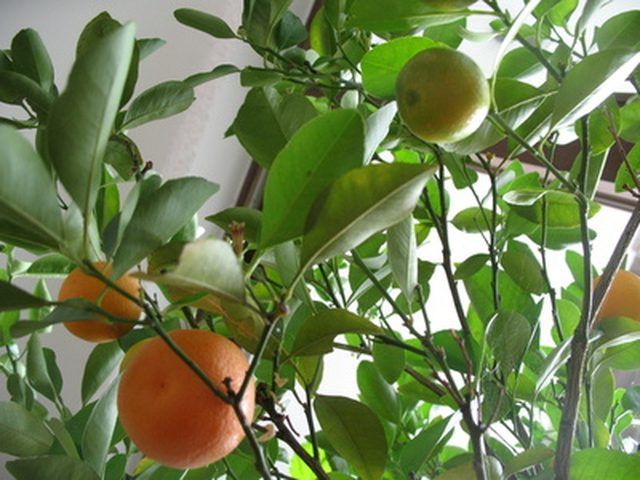Bulbs
Flower Basics
Flower Beds & Specialty Gardens
Flower Garden
Garden Furniture
Garden Gnomes
Garden Seeds
Garden Sheds
Garden Statues
Garden Tools & Supplies
Gardening Basics
Green & Organic
Groundcovers & Vines
Growing Annuals
Growing Basil
Growing Beans
Growing Berries
Growing Blueberries
Growing Cactus
Growing Corn
Growing Cotton
Growing Edibles
Growing Flowers
Growing Garlic
Growing Grapes
Growing Grass
Growing Herbs
Growing Jasmine
Growing Mint
Growing Mushrooms
Orchids
Growing Peanuts
Growing Perennials
Growing Plants
Growing Rosemary
Growing Roses
Growing Strawberries
Growing Sunflowers
Growing Thyme
Growing Tomatoes
Growing Tulips
Growing Vegetables
Herb Basics
Herb Garden
Indoor Growing
Landscaping Basics
Landscaping Patios
Landscaping Plants
Landscaping Shrubs
Landscaping Trees
Landscaping Walks & Pathways
Lawn Basics
Lawn Maintenance
Lawn Mowers
Lawn Ornaments
Lawn Planting
Lawn Tools
Outdoor Growing
Overall Landscape Planning
Pests, Weeds & Problems
Plant Basics
Rock Garden
Rose Garden
Shrubs
Soil
Specialty Gardens
Trees
Vegetable Garden
Yard Maintenance
How to Care for a Calamondin Orange Tree
How to Care for a Calamondin Orange Tree. The Calamondin orange tree (Citrus mitis) originated in China and was introduced to the U.S. in the early 20th century. This plant is grown for its ornamental looks and the tangerine-like fruit it produces. As an added bonus, the tree is capable of producing fragrant flowers and fruit at the same time. The...

The Calamondin orange tree (Citrus mitis) originated in China and was introduced to the U.S. in the early 20th century. This plant is grown for its ornamental looks and the tangerine-like fruit it produces. As an added bonus, the tree is capable of producing fragrant flowers and fruit at the same time. The Calamondin tree is the hardiest of citrus trees with a temperature tolerance to 20 degrees F. The tree thrives indoors, and it's quite easy to care for in any environment.
Care and Maintenance Guidelines
Give your Calamondin orange tree plenty of room to establish a healthy root system. This is especially important if you intend to keep the tree indoors, at least during the winter months. Also, be prepared to replant the tree every few years. Like other small citrus trees suitable for indoor container gardening, the Calamondin eventually will outgrow its pot and become root bound. Calamondin orange trees grown indoors rarely reach a height or width greater than 3 feet.
Make sure your tree gets at least 6 to 8 hours of natural sunlight each day. If grown indoors, placing the tree in front of a window with southern exposure is ideal. While the tree will be quite comfortable with a normal indoor temperature, you should avoid exposure to sudden cold drafts.
Move your tree outdoors to a sunny spot on a deck or patio during the summer months, if possible. The extra light and warmth will promote growth and fruit production.
Inspect your tree frequently for pests and take remedial action when necessary. Calamondin orange trees are susceptible to spider mites, foliar mealy bugs, aphids and scale insects.
Water your Calamondin sparingly and according to growth stage and season. These trees generally require a thorough watering to the point of soaking the roots once every 10 days or so. You'll know it's time when the top layer of soil is dry to the touch. However, trees left outdoors in high light during warm weather often require more frequent watering, as much as 2 to 3 times per week. Also, note that mature trees can be forced into a new "flush" period of growth and bloom by withholding water until the leaves of the tree appear wilted, followed by a thorough watering.
Feed your Calamondin with a high acid fertilizer once a month during high growth periods in summer. At other times, feeding once every 3 months is sufficient. Alternately, you can introduce a slow-release fertilizer in early spring and then feed once a month all summer.
Tips & Warnings
Use the fruit just as you would an orange to flavor beverages, meats, salads and desserts. Of course, it can also be eaten right off the tree. In fact, after 2 years, your tree will begin to produce fruit year-round.
Avoid eating the first batch of fruit from a tree purchased from a nursery due to the potential for chemical residue. The next harvest will be edible.